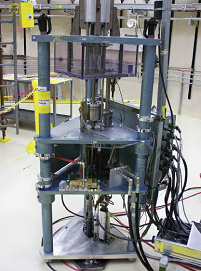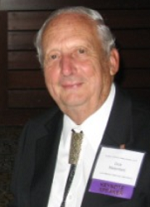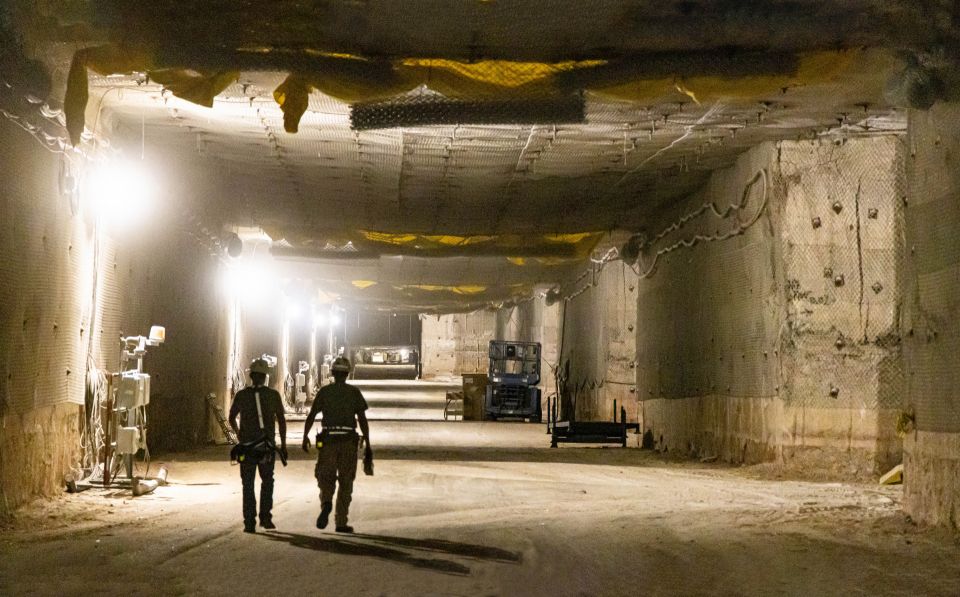ANS Annual Meeting: Special Session on Past and Present Critical Experiments
The ANS Nuclear Criticality Safety Division (NCSD) is sponsoring a special session at the upcoming American Nuclear Society Annual Meeting in Reno, Nev., June 15-19. The session is titled "Critical and Subcritical Experiments" and will commence the morning of Wednesday, June 18. This session will contribute to the long history and hundreds of technical papers related to critical-mass experiments that first began at Los Alamos National Laboratory (LANL) in the 1940s.
The NCSD-sponsored session is organized by Jesson Hutchinson, a LANL nuclear engineer who works on critical and subcritical experiments focusing on correlated neutron data measurements. In addition, the session will be appropriately chaired by Richard Malenfant, a LANL-retired world-renowned pioneer of large-scale critical-assembly measurements and operations.
There are six scheduled session presentations:
Margaret Marshall (Idaho National Laboratory) "Benchmark Results for βeff in a HEU Metal System using ORSphere"
Rene Sanchez (LANL) "Prompt Neutron Decay Constants in a HEU-Copper Reflected System"
Kimberly Clark (University of Nevada, Las Vegas) "Characterization of the NPOD3 Detectors in MCNP5 and MCNP6"
Jesson Hutchinson (LANL) "Joint LANL/CEA Measurements on Godiva IV"
Jesson Hutchinson (LANL) "Investigation of keff versus Fraction of Critical Mass"
To conclude the session, Richard Malenfant will present a paper titled "Historical Critical Experiments"-a summary and highlights of the rich history of large-scale critical experiments.
The ANS Annual Meeting will feature technical presentations on topics based on submissions from its vast 11,000-person membership of engineers, scientists, administrators, and educators representing more than 1,600 corporations, educational institutions, and government agencies.
We look forward to seeing you at the Annual Meeting and at this special NCSD session in June. For registration, hotel and resort information, preliminary meeting program, and more, see here.
____________________________________
Richard Malenfant joined the Critical Experiments Laboratory, Applied Nuclear Physics Division, Oak Ridge National Laboratory in 1956 after graduation from the University of Minnesota with a degree in Engineering Physics. He was called to Officer Pilot Training in the Air Force in 1957 but spent his tour of duty as a Nuclear Research Officer in the Propulsion Laboratory at Wright-Patterson Air Force Base. He was associated with theoretical and experimental aspects of nuclear propulsion programs (aircraft, ramjets, and rockets) until he took a position with the Los Alamos Scientific Laboratory in January, 1961. Much of his time at Los Alamos was spent at the critical experiments laboratory where he worked with all fissionable materials in all forms including solid, liquid, and gaseous assemblies. As part of his work in radiation analysis he developed the QAD point kernel shielding program and the G3 3-dimensional single scattering program. Both programs are still in use throughout the world.
His experimental work included the construction and operation at critical of a true replica of Little Boy to evaluate the dose received by the survivors at Hiroshima and to determine the Quality Factor (RBE) of neutrons relative to gamma-rays. He also worked on the design, construction, and operation of Sheba, a 4.5% enriched uranyl fluoride solution reactor for the evaluation of the response of criticality accident alarm systems.
Following retirement from the laboratory, he continued to consult with the Department of Energy, to work at Los Alamos through Sumner Associates, and to serve as a member of the Sandia National Laboratories Nuclear Facility Safety Committee and the Los Alamos Critical experiments Safety Committee.
He holds an MS in physics and math from Ohio State University, an MBA from the University of New Mexico, and is an instrument-rated commercial single and multi-engine pilot and flight instructor. Although he retired in November, 1996, he continues to pursue his interests in nuclear criticality safety and the history of nuclear accidents and nuclear experiments.





